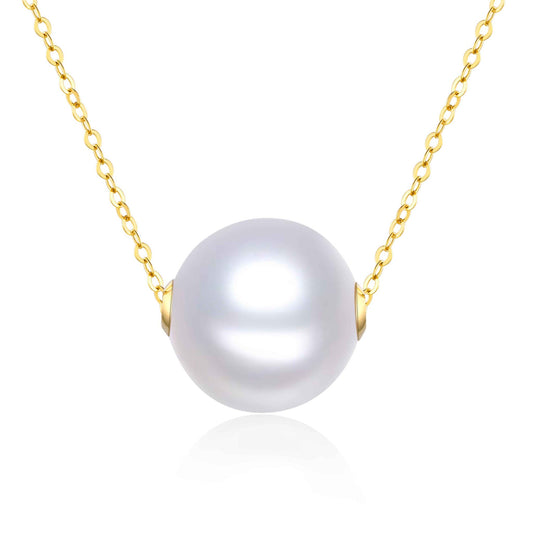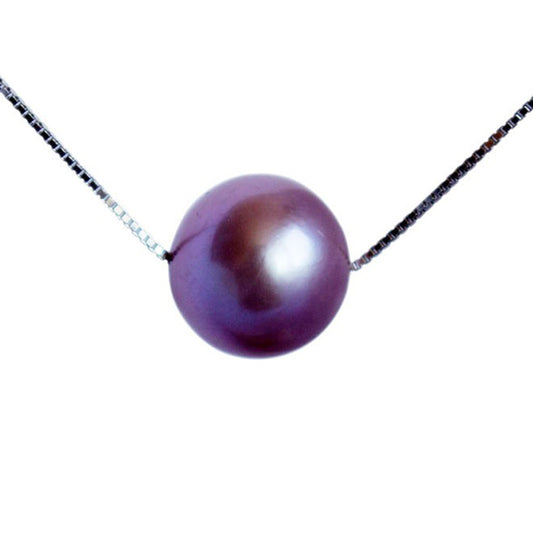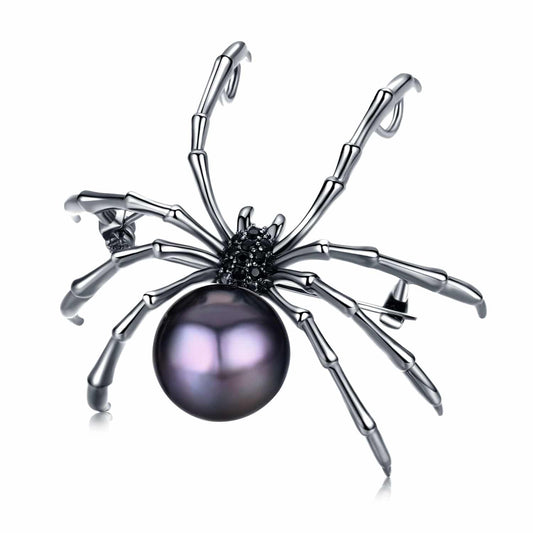She was a cultural icon who brought awareness to a misunderstood disease.
As one of the top movie box-office attractions in the world, her legacy also included shining a light on a stigmatized illness. This is another installment of the Living like a Pearl series that celebrates women who contributed their pearl to the world. Find the other stories here.
_________
The name Rita Hayworth is synonymous with the classic era of 1940s Hollywood musical films. With a 37-year career appearing in 61 movies, her legend reaches beyond the title she earned as “The Love Goddess”, or being a World War II pin-up girl.
Margarita Carmen Cansino was destined to perform. Born October 17, 1918 in Brooklyn, New York to a family lineage of professional dancers, it was in her blood and she would one day have the acclaim of being Fred Astaire’s favorite dance partner.
Her Spanish father groomed her to become a professional dancer, and starting at age three Margarita’s childhood was “rehearse, rehearse, rehearse” as she later recalled. At five, she was featured in a Broadway production; at eight, a short film for Warner Brothers. In 1927 the family moved to Hollywood with her father’s belief that dancing could be a feature in movies.
Eager to showcase his 12-year old daughter, Rita’s father formed a duo act called the “Dancing Cansinos,” and they traveled to popular tourist spots in Tijuana, Mexico to perform together. She would catch the eye of the Fox Film Corporation, launching her into an iconic film career.
Age 16, Margarita Cansino would become Rita Cansino; the first of two name changes. With a seven-year contract with Columbia Pictures in 1936, the studio head was convinced her Spanish last name would limit her roles. To the dismay of her father, she became Rita Hayworth by adopting her mother’s classic “American” maiden name. She further transformed her image by changing her hair color to red, and had electrolysis to raise her hairline.
Skilled in ballet, tap, ballroom, and Spanish routines, Rita’s rise to Hollywood fame continued with each critically acclaimed role. It was her dance duo with Fred Astaire in the 1941 film “You’ll Never Get Rich” that would make her a star. Already a legend, Fred Astaire’s maturity and elegance were a perfect complement to her youthful exuberance and seductive vitality, showcasing their “absolute magnetism on the screen”.
The musical “Cover Girl” in 1944 established her as Columbia’s top star of the 1940s, but her signature role was still to come, with the 1946 film “Gilda”, a character she would embody with perfection. Performing a legendary one-glove striptease, it secured her as a femme fatale cultural icon.
For three consecutive years, Rita was named one of the top movie box-office attractions in the world. But she left Hollywood at the height of her fame when she married Prince Aly Khan in 1949, and moved to France. This earned her the prestige of being the first Hollywood actress to become a princess and they had a daughter, Princess Yasmin Aga Khan. However, her marriage and new life abroad were challenging, resulting in divorce in 1953 and returning to Hollywood.
Beginning in 1960 at age 42, Rita unknowingly suffered from the early onset of Alzheimer’s disease, limiting her ability. A largely unknown condition at the time, it had caused erratic behavior mistakenly attributed to alcoholism.
Undiagnosed for twenty years, Rita’s condition was made public in 1981, making her “the first public face of Alzheimer’s”. The spotlight on her illness helped destigmatize a condition that was misunderstood, resulting in increased funding for Alzheimer’s research. Her death at age 68 from complications with the disease caused an outpouring of tributes.
In honor of her mother’s legacy, The Rita Hayworth Gala, an annual benefit for the Alzheimer’s Association, was founded by her daughter, and is a major sponsor of Alzheimer's disease charities and awareness programs.
The pearl of Rita’s life continues to be celebrated both on screen and in the treatment of Alzheimer’s disease.




